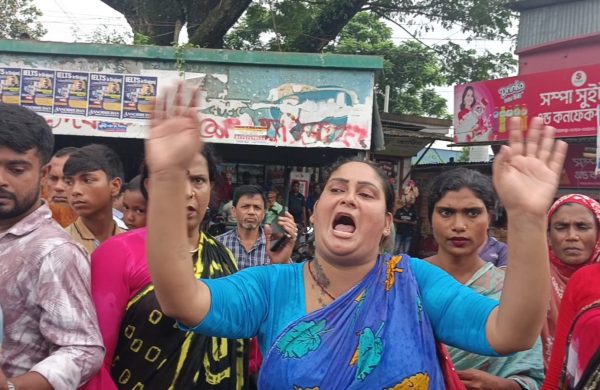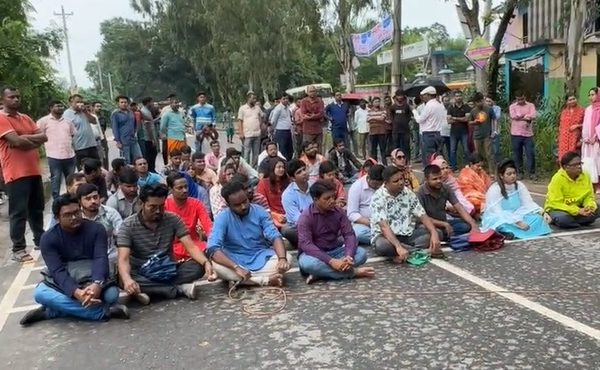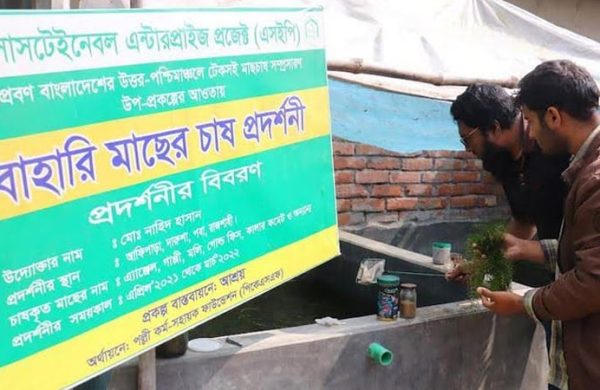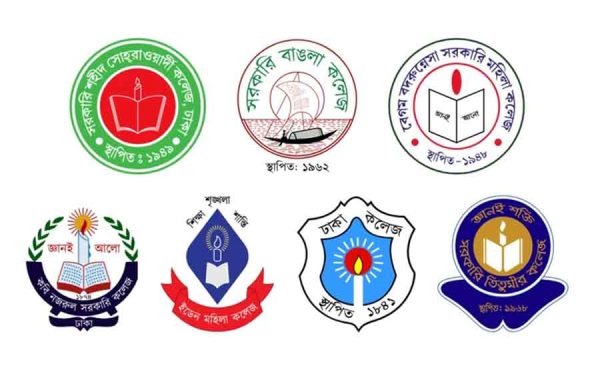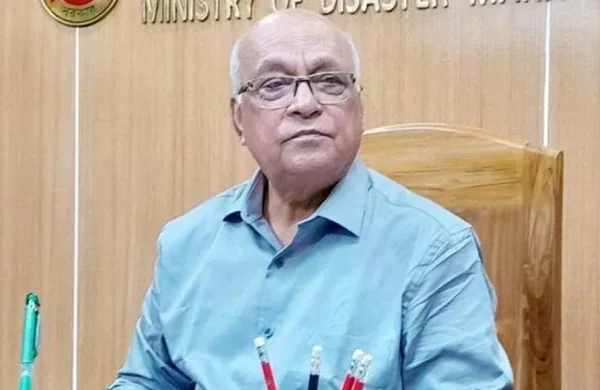Red chilli emerges as Panchagarh’s new cash crop with Tk1,000cr trade potential
- Update Time : Monday, August 4, 2025
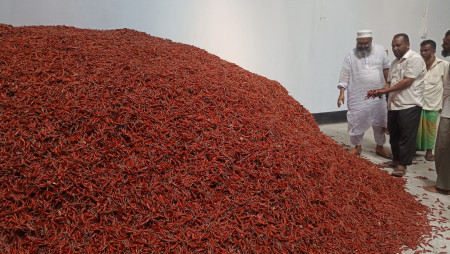
Panchagarh Correspondent:
Red chilli cultivation is rapidly expanding in Panchagarh, emerging as a major cash crop after tea. The district is making notable strides in the dried chilli market and holds a trade potential of nearly Tk1,000 crore this year.
Abdul Matin, deputy director of the Panchagarh Department of Agricultural Extension (DAE), said, “This year, the district has nearly Tk1,000 crore worth of dried chilli trade potential. Last year, Tk700-800 crore of red chilli was traded here. Red chilli cultivation is growing every year as demand rises, and farmers are encouraged to plant more.”
Farmers and traders say Panchagarh’s dried chilli is gaining national recognition, marking what many are calling a “silent revolution”—similar to the district’s earlier success in tea farming.
Ideal cultivation periods fall between the Bangla months of Falgun to Chaitra, Shraban to Bhadra, and during the Rabi season from September to October. Among these, red chillies planted between Falgun and Chaitra are most commonly dried in Panchgarh.
According to farmers and agricultural officials, large-scale cultivation is concentrated in Panchagarh Sadar, Atwari, and Tetulia upazilas. After harvesting at the end of summer, chillies are dried and preserved in various ways. Larger traders use cold storage facilities.
The DAE reports that red chilli has been cultivated on 8,687 hectares this year, up from 8,025 hectares in 2023. The production target stands at 17,280 tonnes. Seven varieties are being grown, including Hot Master, Balu Jhori, and Bindu, alongside hybrid types like Jira, Mollika, and Bash Gaiya, and local varieties.
Farmers invest Tk50,000 to Tk60,000 to cultivate chilli on 50 decimals of land, harvesting over 20 maunds of dried chilli. With current market prices averaging Tk5,000 per maund, they can produce dried chilli worth around Tk1 lakh. As of 5 July, traders are purchasing dried red chilli directly from farmers for storage.
However, challenges persist. DAE deputy director Abdul Matin said, “Drying, storing, and preserving chilli remain challenges. We have recommended incentives to improve these areas. If these are put in place, farmers will become more skilled and earn better profits.”
Market fluctuations and labour-intensive drying processes also worry farmers. Rafiqul Islam, a farmer from Panchagarh Sadar, said, “This year, pest attacks hurt the crop, and prices are also low. Sometimes local traders team up to exploit farmers.”
Nur Alam, a cold storage trader from Bogura, added, “Dried chilli is usually kept in cold storage, but this year, because of the large potato harvest, there is no space left to store chilli. Because of this, the price of dried chilli has fallen, and farmers are facing losses.”
Muhammad Shahadat Hossain Saju, owner of Khandaker Traders in Bogura, who has nearly 40 years in the dried chilli business, said, “Bogura used to be the red chilli capital of the northern region. But in the last 12 to 15 years, Panchagarh has become one of the main red chilli centres in the country.”
“Every season, the dried chilli trade worth several crores happens in Atwari Bazar alone, attracting traders from all over the country,” he added.
Saju also noted that lower prices this year are due to traders’ past losses from storing chilli, making them hesitant to buy large amounts now, coupled with lower production.
Local traders said that after meeting local demand, dried chilli is sent to Dhaka and other parts of the country. Traders from outside visit Panchagarh markets like Atwari, Shalbahan, Jagdal Bazar, Jhaloi Bazar, Moydan Dighi Bazar, and Tuni’s Hat to buy directly from farmers.
Md Anarul Islam, owner of Bhai Bhai Bhandar in Atwari Bazar, said, “Every day, dried chilli worth several crores of taka is bought and sold here. Traders from all over the country come to buy directly from farmers. There is no chance for syndicates here.
“But this year, dried chilli supply has been lower from the start. Because there are no proper storage facilities, traders are careful about buying in large amounts. Dried chilli can’t be stored long without cold storage.”
Ismail Hossain, owner of Moushumi Bhandar in the same market, said, “Panchagarh has become well-known for red chilli in the northern region over the past 15 years. Now, thousands of traders work here, creating jobs for many people. The dried chilli trade in Panchagarh is growing every year.”
Despite current setbacks, both farmers and traders remain hopeful. They believe that if production, market management, and preservation technologies are modernised, dried chilli can play an even greater role in the national economy.


